
Fire and smoke illuminated the night sky over the Danube when a Turkish liquefied petroleum gas tanker, anchored in Ukraine’s Izmail Port just across the river from Romania, was in flames. The fire did not come about due to an accident; it was after a suspected Russian drone strike that forced Romanian authorities to act fast in protecting their citizens.
This incident is more than a local emergency; it speaks to the security of NATO’s eastern flank, the vulnerability of the river trade routes across Europe, and mounting risks from Russian strikes near Alliance borders. With highly explosive cargo on board the tanker, the evacuation of residents in Plauru and Ceatalchioi had both safety and geopolitical justification. Here are nine critical aspects of the event and its greater implications for NATO, Ukraine, and regional stability.
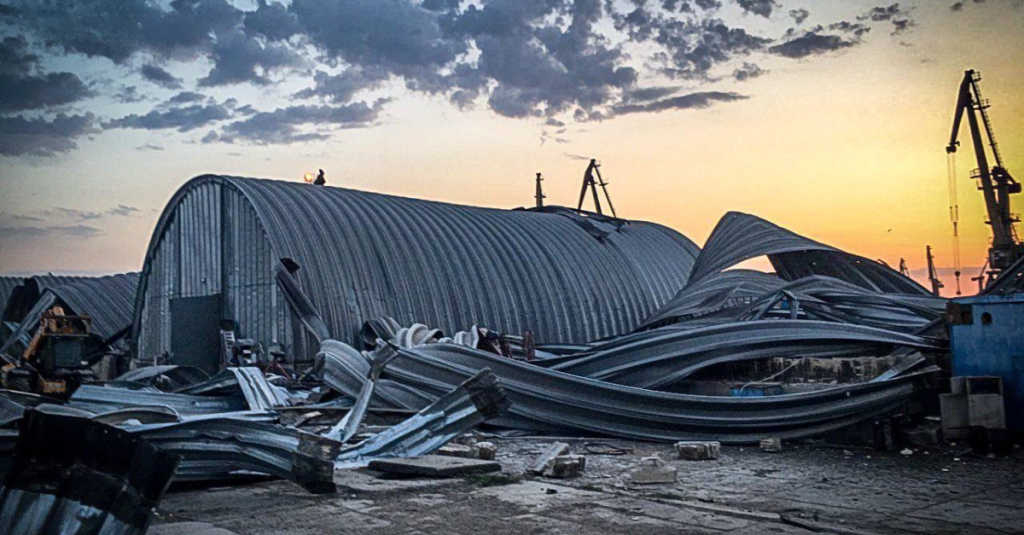
1. The Attack on MT Orinda
The Turkish-flagged MT Orinda was struck while offloading LPG at Izmail Port-a significant trade hub in Ukraine on the Danube. According to Turkey’s Directorate for Maritime Affairs, all 16 crew members on board had managed to escape without injury. The vessel had as much as 4,000 tonnes of highly flammable cargo, setting the risk profile high, and thus the need for containing the situation was absolutely urgent. Heavy fire and thick smoke rising over the river, according to social media footage, showed how serious the situation was.

2. Evacuation in Emergency Situations-Romania
The Department for Emergency Situations in Romania ordered the evacuation of Plauru and Ceatalchioi, moving residents and animals out to safer areas. “The situation is very serious,” Mayor Tudor Cernega said, adding that the ship “could explode at any moment.” The evacuation came in cooperation with the Ministry of Interior’s emergency units, while local teams went door-to-door to make sure no one stayed in harm’s way.
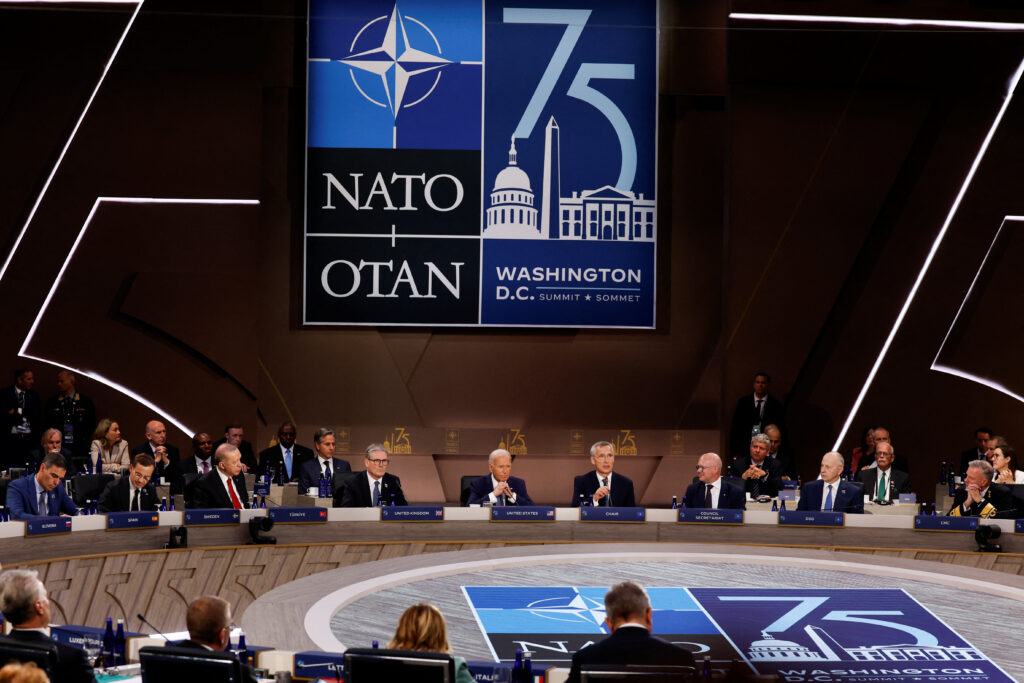
3. Proximity to NATO Territory
Tulcea County, which Plauru is part of, lies directly opposite Izmail across the Danube. That does indeed mean attacks on Ukrainian port infrastructure can fall within sight from NATO territory. Romania’s defense ministry confirmed radar tracking of aerial targets in Ukrainian airspace during this strike, adding that no unauthorized incursions into Romanian airspace had been detected. It is the proximity of the attack site to NATO borders that ratchets up the strategic risk.
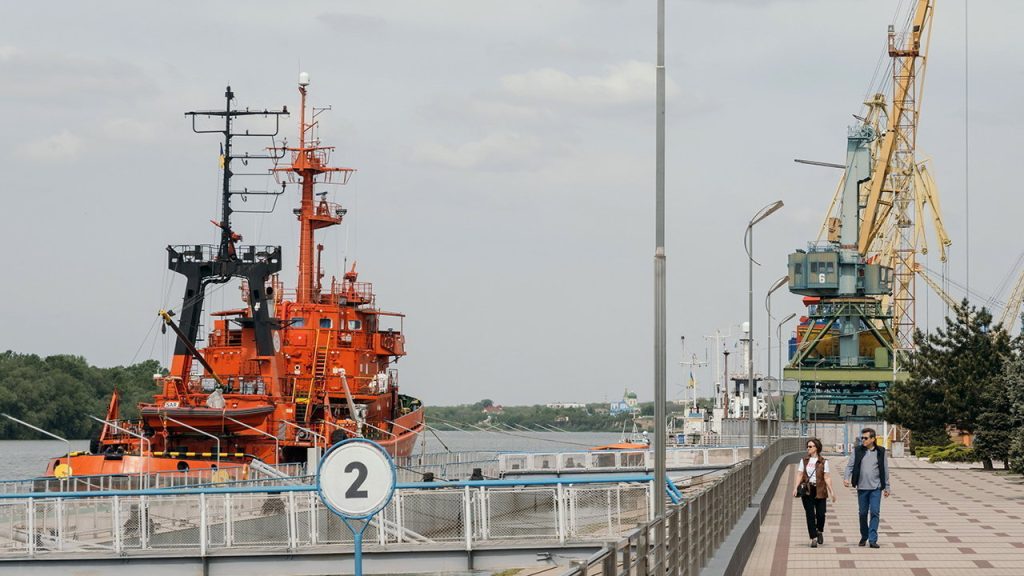
4. Pattern of Danube port attacks
Since July 2023, Russian troops have mounted strike after strike against Ukraine’s Danube ports-Izmail and Reni. The result is at least 11 strikes on vessels in Ukraine’s Odesa region from January to September that damaged 13 civilian ships and one naval vessel in an apparent attempt to disrupt alternative export routes around Russia’s Black Sea blockade.

5. The Izmail Strategic Position
Izmail hosts two ports on the Black Sea estuary, representing an important node for Ukrainian grain and energy imports. This has indeed become a lifeline to Ukrainian trade since the loss of secure Black Sea corridors. After recent diplomatic efforts, proposals to use Croatian and Moldovan port facilities also demonstrated the port’s role in sustaining Ukraine’s economy under conditions of war.

6. Link to Energy Security of Ukraine
The strike comes a day after President Volodymyr Zelenskyy signed a deal to import U.S. liquefied natural gas via Alexandroupolis, Greece, starting in January. It’s part of Ukraine’s strategy to shore up winter energy supplies amid ongoing Russian bombardment of power infrastructure. In this context, targeting an LPG vessel raises the question of Russia’s intent with regard to undermining Ukraine’s energy resilience.
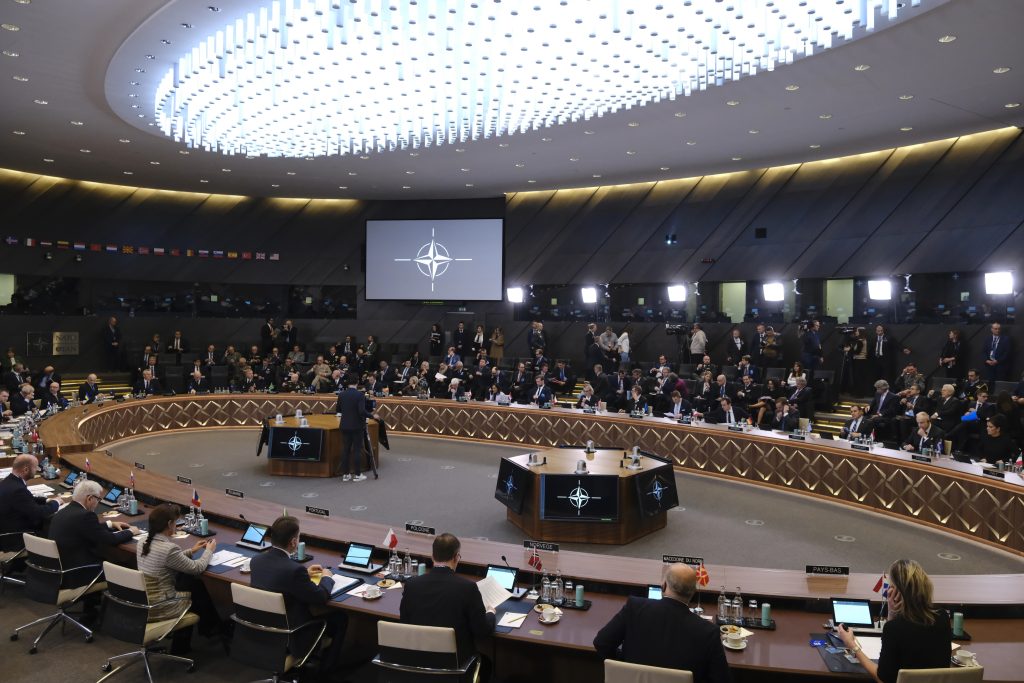
7. NATO’s Article 5 Concerns
Condemning the strike as a breach of international law, Romania reflects wider anxieties across NATO. Without any actual incursion into Romanian airspace, incidents involving drones or debris falling on NATO soil have stretched the readiness of the Alliance. As several analyses on NATO’s eastern flank have noted, deliberate ambiguity in Russian actions keeps the risk of escalation alive without crossing clear red lines.
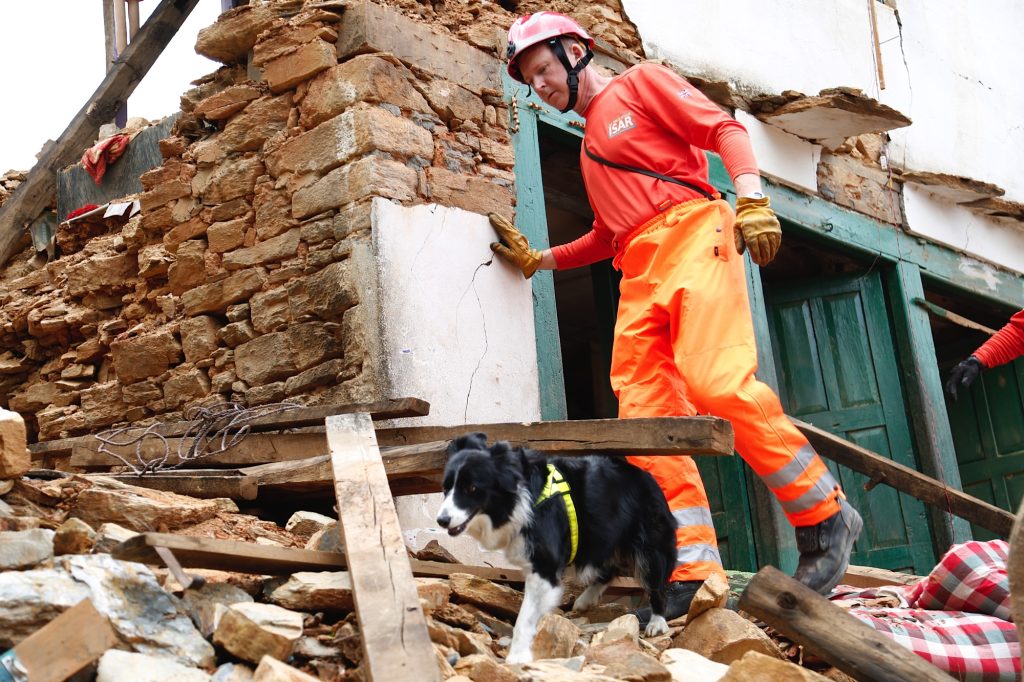
8. Measures on Civilian and Animal Safety
Apart from the evacuation of people, Romanian authorities focused on the translocation of livestock from hazardous zones. This aspect is in reflection of numerous past incidents of industrial disasters where animal casualties furthered economic and social damage. Emergency teams created temporary shelters and transport corridors to help in the speedy shifting of people and animals.

9. Larger Security Efforts
The incident comes in line with the expansion of NATO’s Eastern Sentry air defense missions, and plans by the EU for a “drone wall” by 2027, all to counter relentless UAV threats from Russia and Belarus. Quick action by Romania underlines how local measures contribute to larger Alliance strategies that help safeguard communities along the borders from cross-border strikes.
The burning of the MT Orinda on the Danube was not only a maritime disaster but a stark warning of how quickly the war in Ukraine can brush against NATO’s borders. For Romania, it was a question of immediate safety; for the Alliance, another data point in the evolving calculus of deterrence and defense. As Russia continues to target infrastructure near NATO territory, vigilance and unity will be crucial in not allowing a local incident to escalate into a continental crisis.


